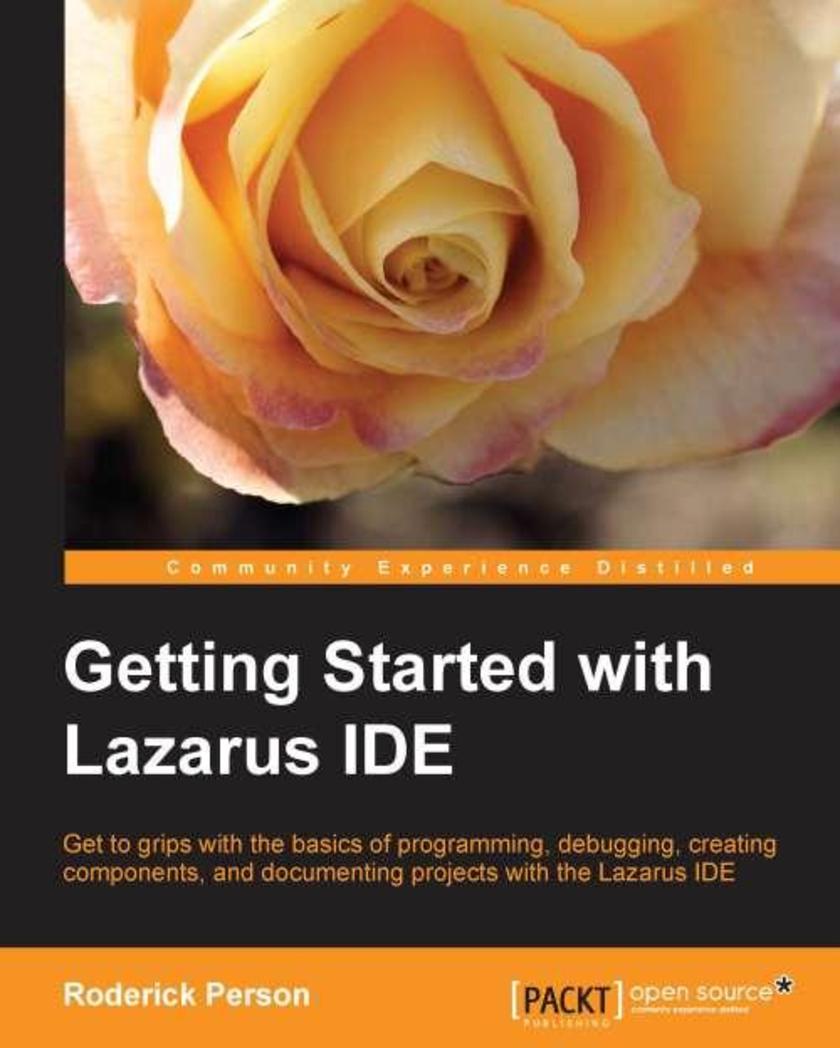
Getting Started with the Lazarus IDE
¥45.77
This book is written in a simple, easy-to-understand format with lots of screenshots and step-by-step explanations.This book is geared toward developers that have a familiarity with Delphi or Free Pascal and would like to start using the open source Lazarus Integrated Development Environment. You should have knowledge of creating a console and GUI applications as well as creating basic components. Example source code and projects are provided to help learn the differences between Delphi and Lazarus projects.
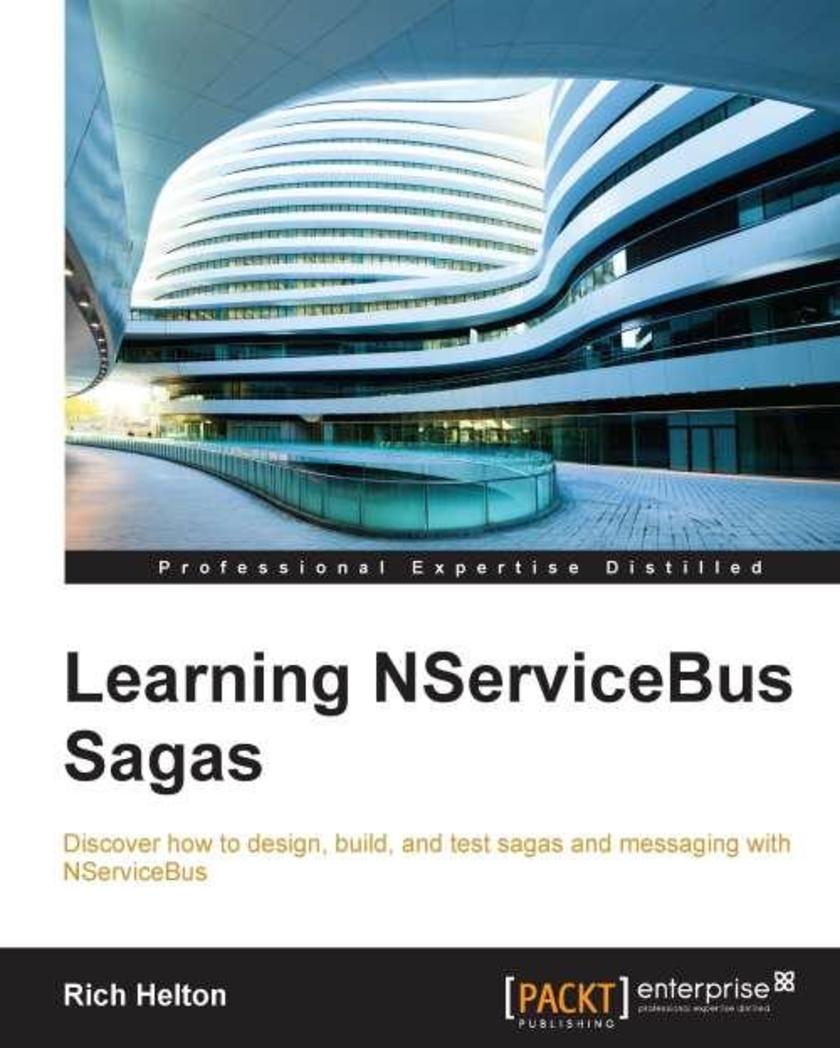
Learning NServiceBus Sagas
¥54.49
If you are an Enterprise C# developer who wishes to extend your knowledge of NServiceBus and Enterprise Service Bus in C#, this is the book for you. This book is designed to enhance the education of ESBs and their messaging, whether you are a beginner or a seasoned expert in Enterprise C#, Apex, and Visualforce pages.
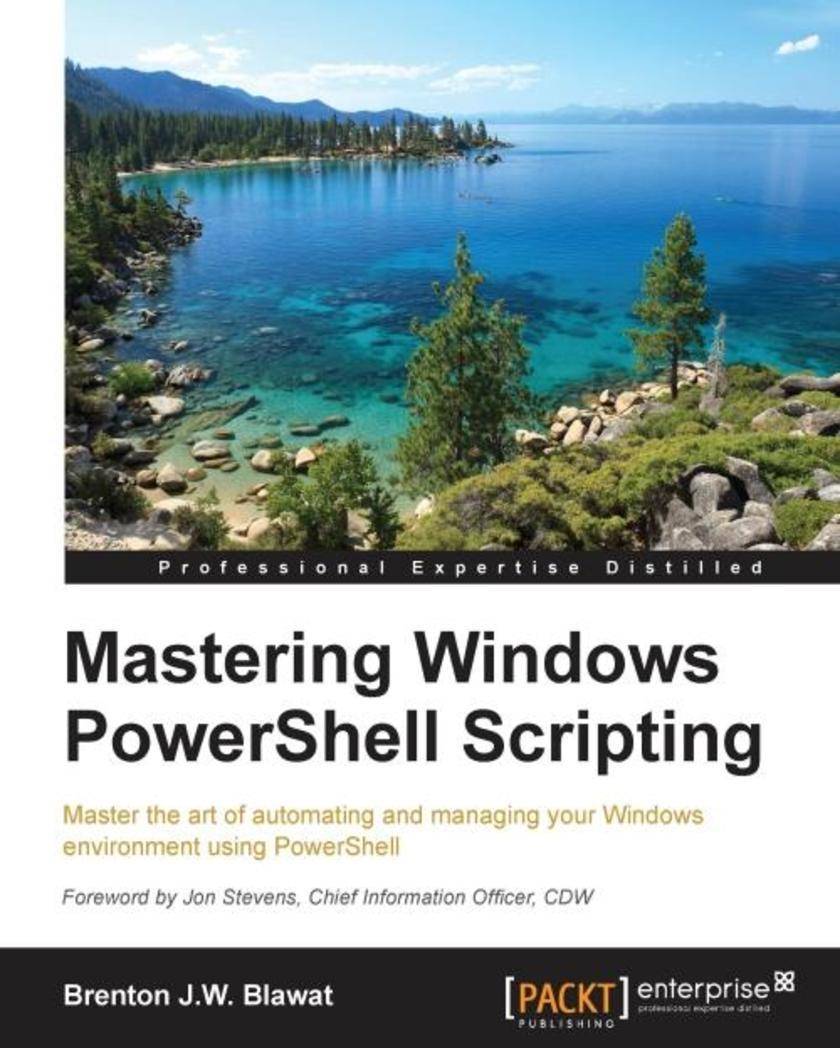
Mastering Windows PowerShell Scripting
¥90.46
If you are a system administrator who wants to become an expert in controlling and automating your Windows environment, then this book is for you. Prior knowledge of PowerShell's core elements and applications is required for this book.
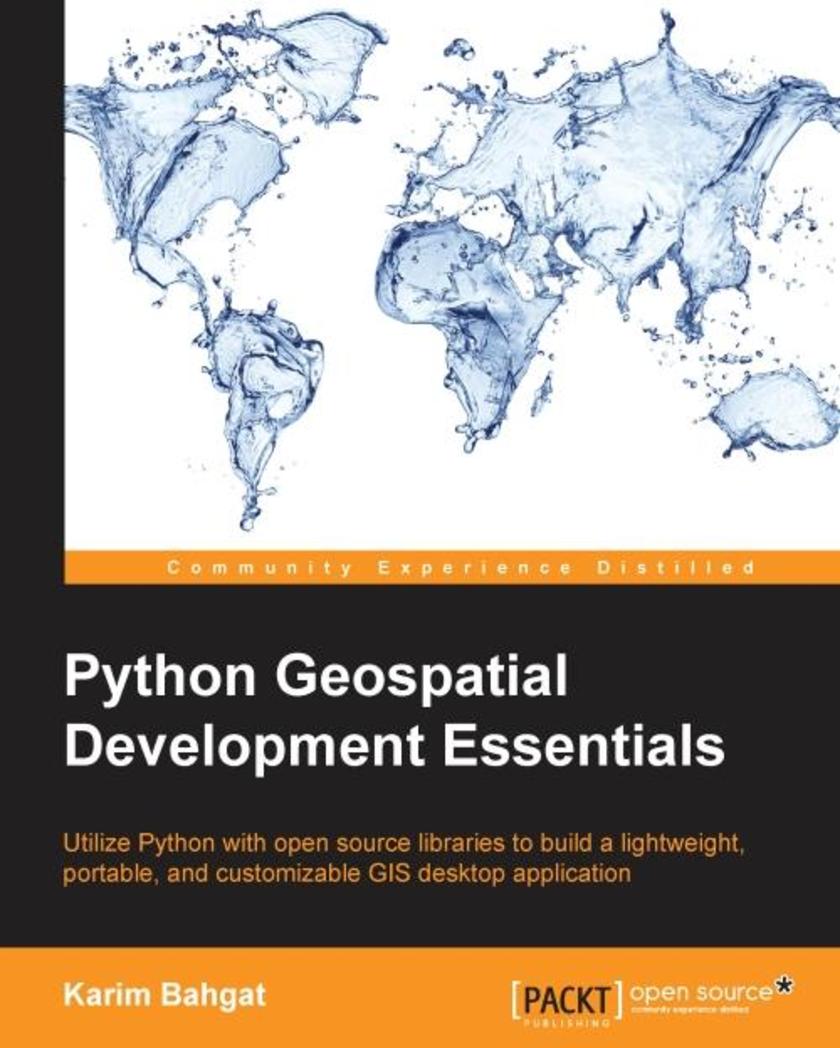
Python Geospatial Development Essentials
¥54.49
This book is ideal for Python programmers who are tasked with or wish to make a special-purpose GIS application. Analysts, political scientists, geographers, and GIS specialists seeking a creative platform to experiment with cutting-edge spatial analysis, but who are still only beginners in Python, will also find this book beneficial. Familiarity with Tkinter application development in Python is preferable but not mandatory.
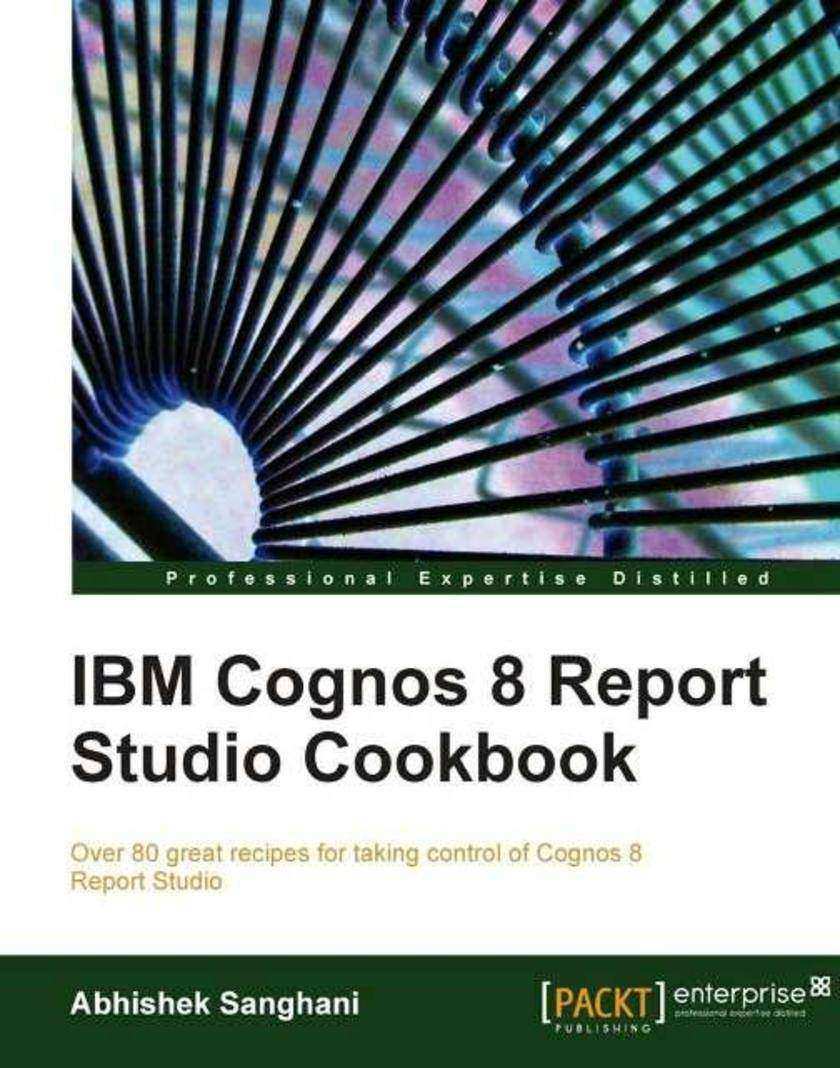
IBM Cognos 8 Report Studio Cookbook
¥107.90
Written in cookbook style, this book offers learning and techniques through recipes. It contains step-by-step instructions for Report Studio 8 users to author effective reports. The book is designed in such a way that you can refer to things chapter by chapter, and read them in no particular order. You will see a new fictional business case in each recipe that will relate to a real-life problem and then you will learn how to crack it in Report Studio. If you are a Business Intelligence or MIS Developer (programmer) working on Cognos Report Studio who wants to author impressive reports by putting to use what this tool has to offer, this book is for you. You could also be a Business Analyst or Power User who authors his own reports and wants to look beyond the conventional features of Report Studio 8. This book assumes that you can do basic authoring, are aware of the Cognos architecture, and are familiar with Studio.
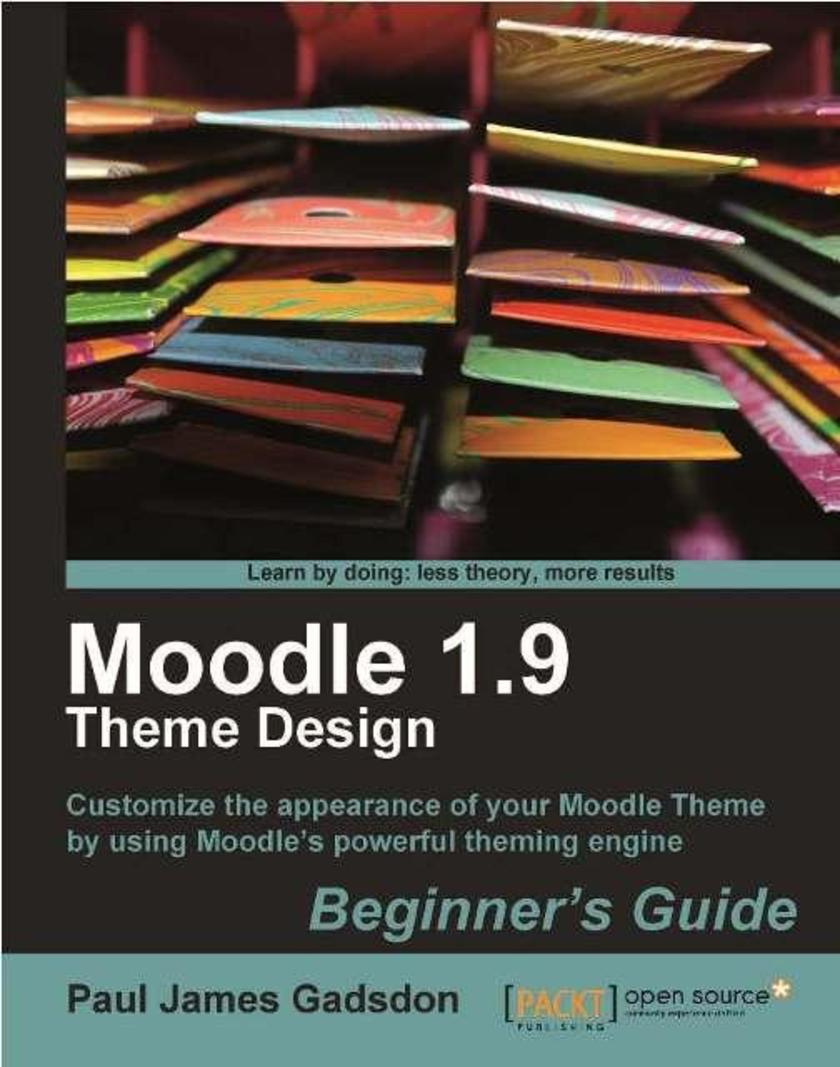
Moodle 1.9 Theme Design: Beginner's Guide
¥80.65
This is a Beginner's Guide, with plenty of worked examples, step-by-step visual guides, and explanations. If you are a Moodle administrator, ICT technical personnel, designer or a teacher and wish to enhance your Moodle site to make it visually attractive, then this book is for you. You should be familiar with the basics of Moodle operation, and some familiarity with web design techniques, such as HTML and CSS, will be helpful.
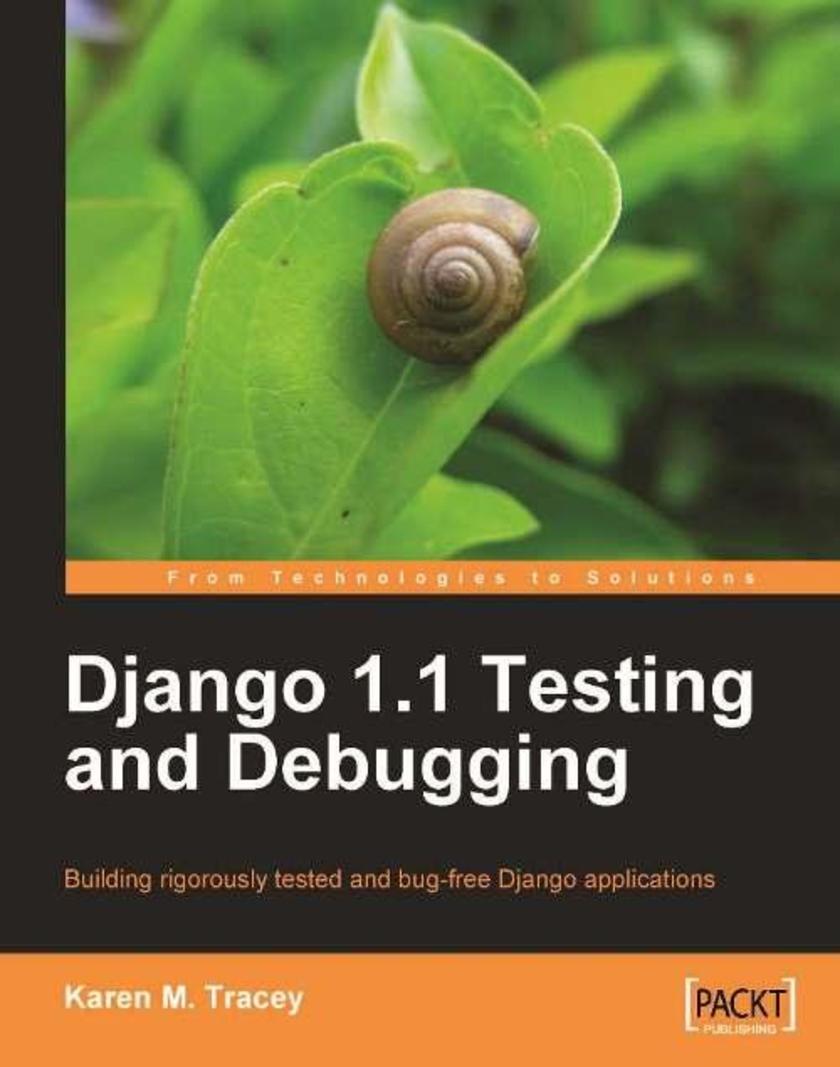
Django 1.1 Testing and Debugging
¥90.46
This book teaches by example. It walks in detail through development of a sample application, illustrating each step via complete working code and either screenshots or console snippets. The cumbersome and time consuming task of debugging will be a cake walk with this book. If you are a Django application developer who wants to create robust applications quickly that work well and are easy to maintain in the long term, this book is for you. This book is the right pick if you want to be smartly tutored to make best use of Django's rich testing and debugging support and make testing an effortless task. Basic knowledge of Python, Django, and the overall structure of a database-driven web application is assumed. However, the code samples are fully explained so that even beginners who are new to the area can learn a great deal from this book.
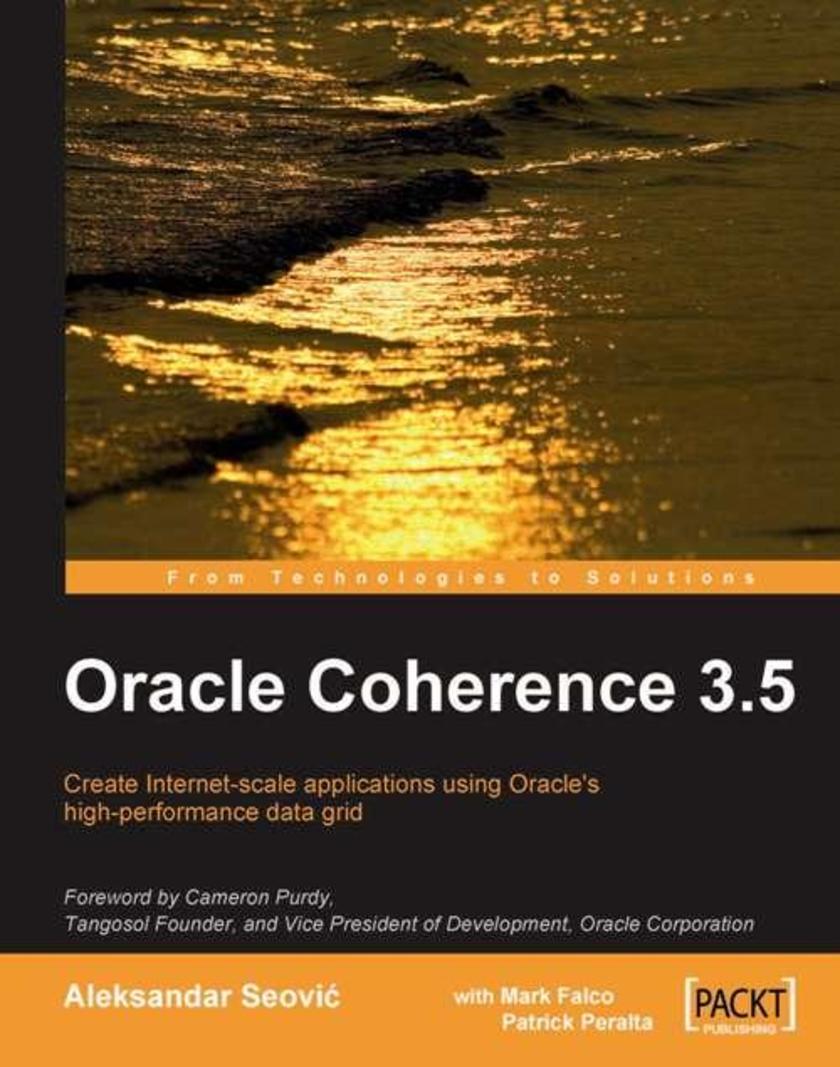
Oracle Coherence 3.5
¥107.90
This title covers Coherence features progressively, from simple to more advanced topics, and provides best-practice guidance on when and how to use each. Numerous examples are provided throughout the book that will help you become familiar with Coherence APIs. You will also be able to reuse many of the sample classes or mini-frameworks encapsulating Coherence best practice and providing missing features directly within your own applications. This should significantly increase your productivity when developing Coherence applications. Finally, a sample application that you can download from the companion web site will show you how to use Coherence as part of the broader infrastructure stack, including Spring Framework and Hibernate, as well as how to access Coherence from a WPF-based .NET desktop application. This book is written for architects and developers responsible for the design and development of Internet or Enterprise applications (web-based or otherwise) that need to scale to support a large number of simultaneous users, while at the same time providing fast response times and high availability. The book assumes a solid knowledge of Java, and a familiarity with Domain Driven Design (DDD) is helpful.
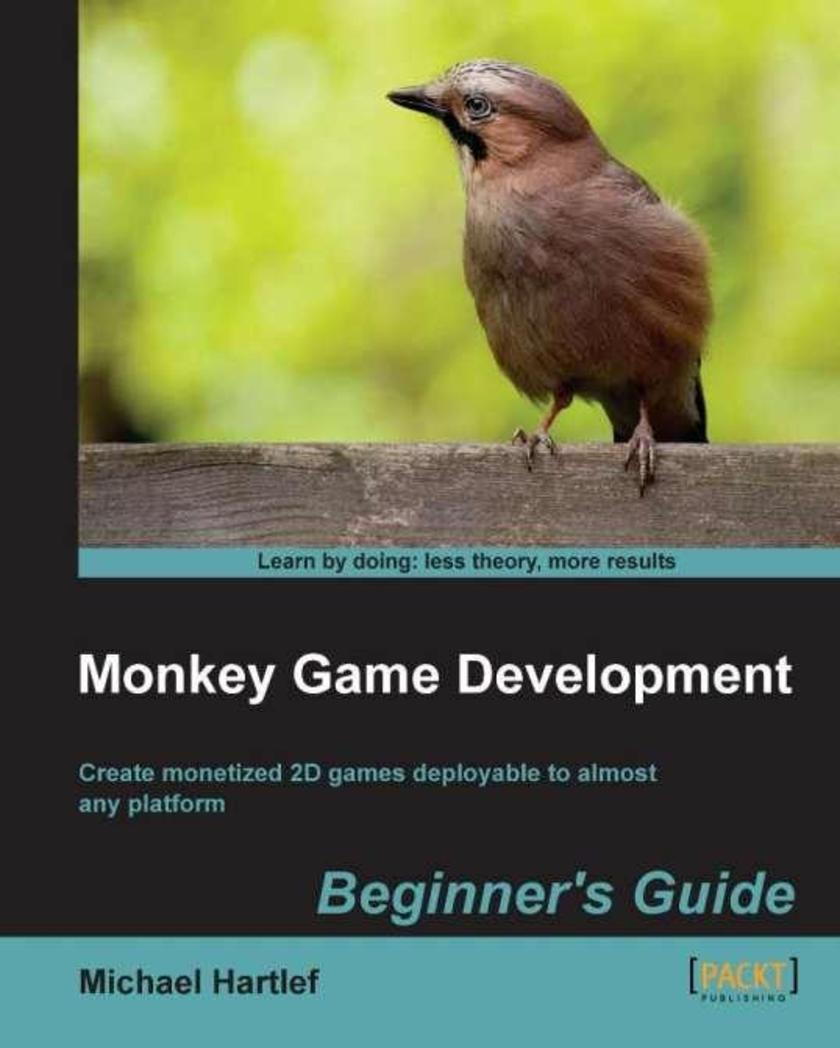
Monkey Game Development Beginners Guide
¥90.46
The first two chapters will provide you with grounding in Monkey. In each subsequent chapter you will create a complete game deployable to either iOS, Android, HTML5, FLASH, OSX, Windows and XNA. The last chapter will show you how to monetize the games so you can be commercially successful in the app development world. Do you want to quickly create games deployable to all the major desktop and mobile platforms?, if so look no further. You will learn how to utilize the highly versatile Monkey compiler to create 2d games deployable almost anywhere. No game development or programming experience is required.
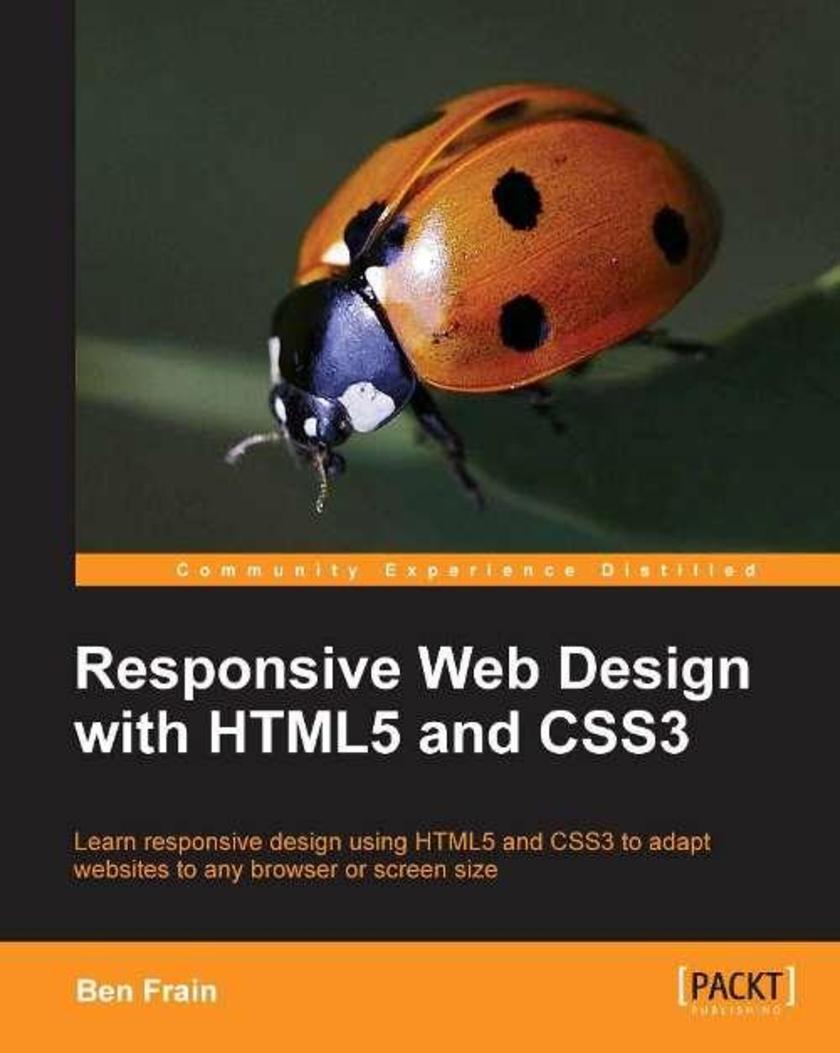
Responsive Web Design with HTML5 and CSS3
¥71.93
This book will lead you, step by step and with illustrative screenshots, through a real example. Are you writing two websites – one for mobile and one for larger displaysOr perhaps you’ve heard of Responsive Design but are unsure how to bring HTML5, CSS3, or responsive design all together. If so, this book provides everything you need to take your web pages to the next level – before all your competitors do!
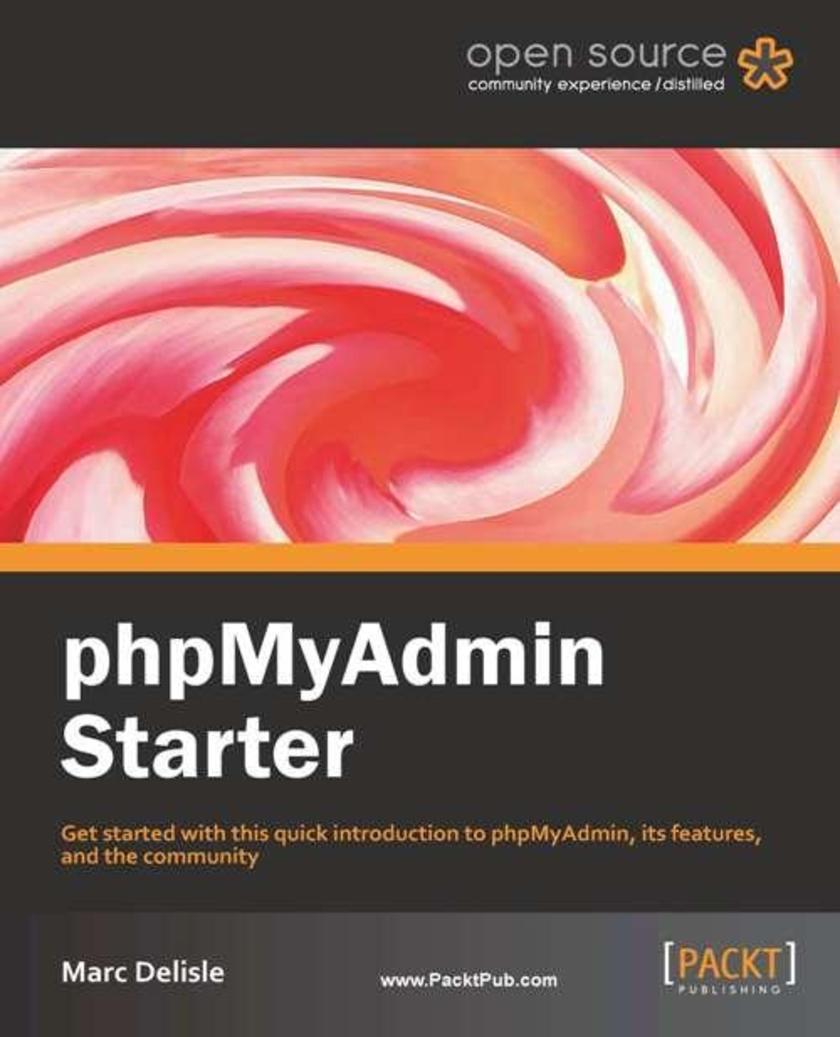
phpMyAdminStarter (Microcontent)
¥41.41
If you are new to MySQL or wish to simplify managing your databases, this will provide you with an excellent path into a potentially tricky subject.
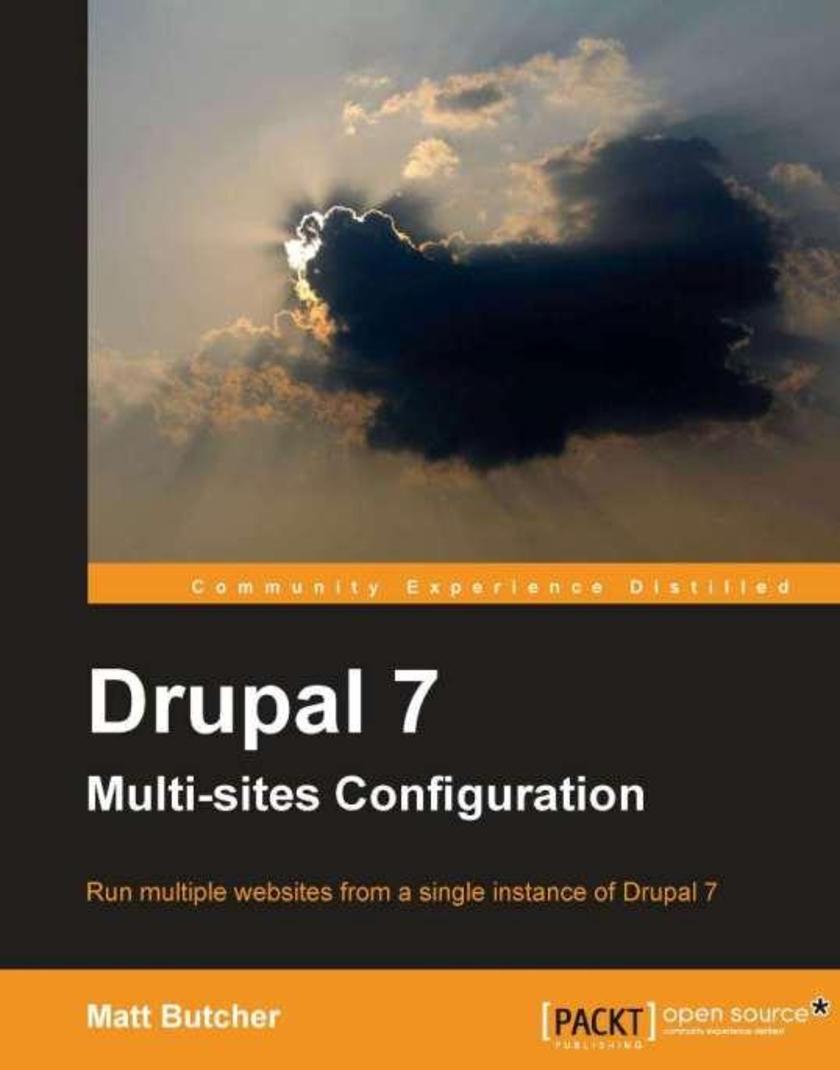
Drupal 7 Multi Sites Configuration
¥45.77
Follow the creation of a multi-site instance with Drupal. The practical examples and accompanying screenshots will help you to get multiple Drupal sites set up in no time. This book is for Drupal site builders. It is assumed that readers are familiar with Drupal already, with a basic grasp of its concepts and components. System administration concepts, such as configuring Apache, MySQL, and Vagrant are covered but no previous knowledge of these tools is required.
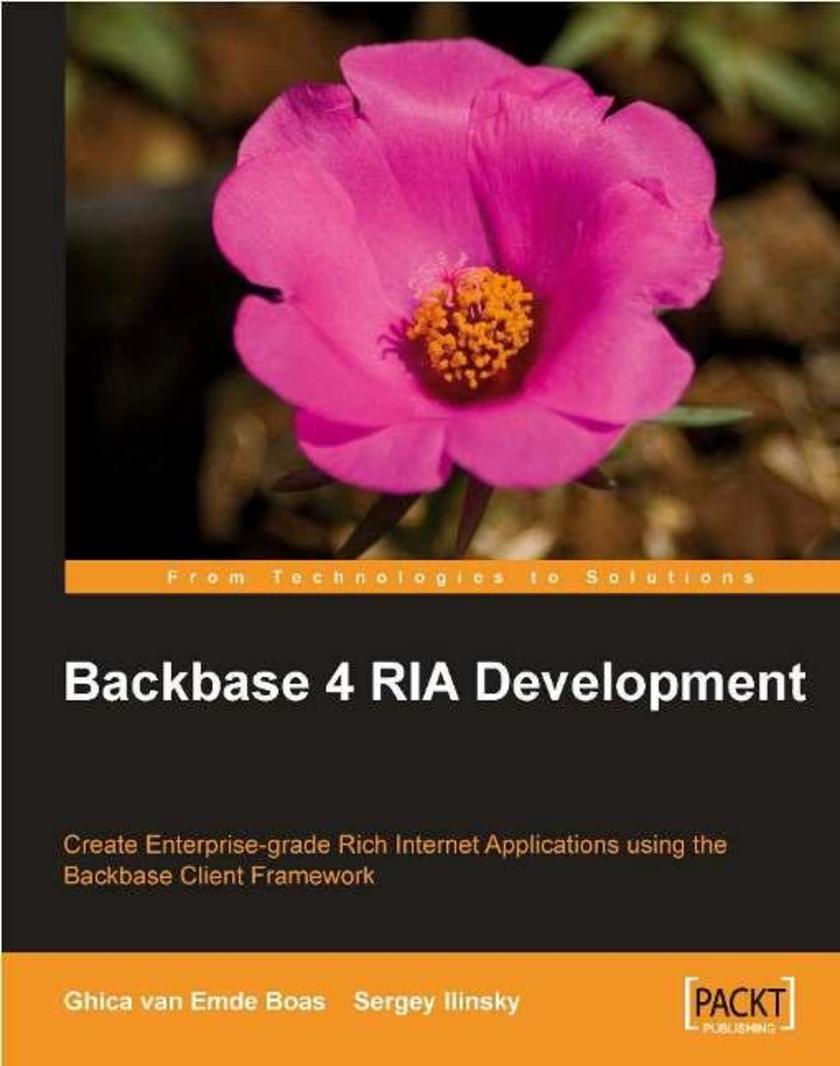
Backbase 4.4.x RIA Development
¥90.46
This is a practical book, where every example is tested and all source code is available with the book. Each chapter ends with work on a sample application using the new things learned. At the end of the book there is a complete, usable Travel Blog application. This book is for web developers who want to develop applications using the Backbase Client Framework. It may also be interesting for web developers and web application architects who want to know more about XML-based web application architectures.
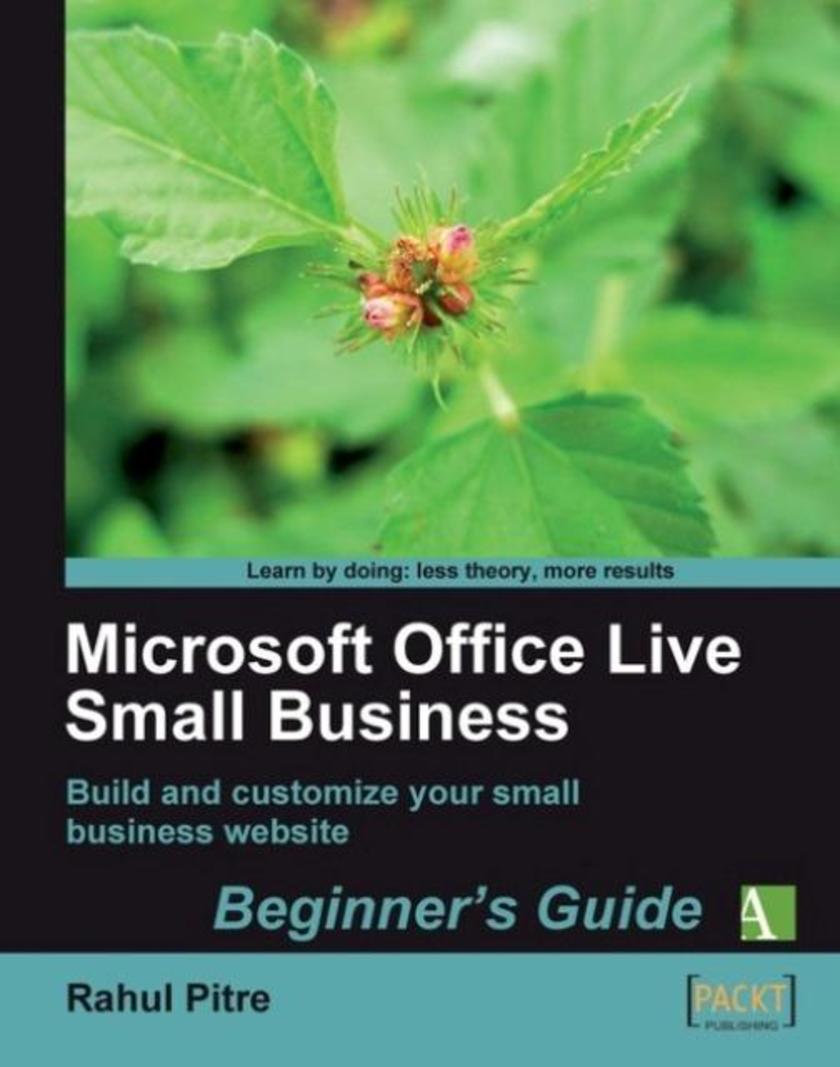
Microsoft Office Live Small Business: Beginner’s Guide
¥71.93
A tutorial in the Beginner’s Guide series, offering the reader step-by-step instructions on building and customizing their MOLSB web site from scratch. This book is also packed with tips, tricks, and best practices. Small-business owners who want to build and customize their business web sites on Microsoft’s free-to-use platform. No technical knowledge is required.

ModSecurity 2.5
¥90.46
This book teaches ModSecurity from the beginning to anyone with basic Linux skills. It starts by focusing on introducing ModSecurity, and explaining the concept of ModSecurity rules and how to write them. Later, it looks at the performance of ModSecurity and what sort of impact ModSecurity has on the speed of your web application. This book is written for system administrators or anyone running an Apache web server who wants to learn how to secure that server. It assumes that you are familiar with using the Linux shell and command-line tools, but does its best to explain everything so that those who are not Linux experts can make full use of ModSecurity.
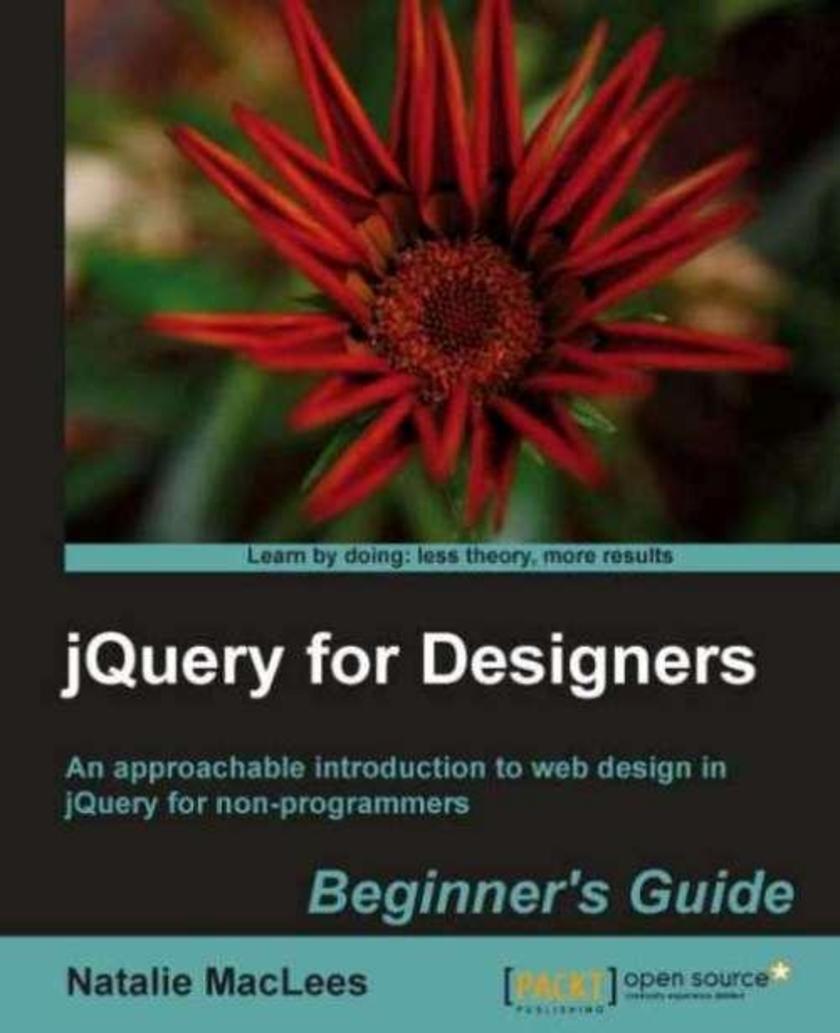
jQuery for Designers: Beginner’s Guide
¥71.93
Part of Packt’s Beginner’s Guide series, each chapter focuses on a specific part of your website and how to improve its design with the use of jQuery. There are plenty of screenshots and practical step-by-step instructions making it easy to apply jQuery to your site. This book is for designers who have the basics of HTML and CSS, but want to extend their knowledge by learning to use JavaScript and jQuery.
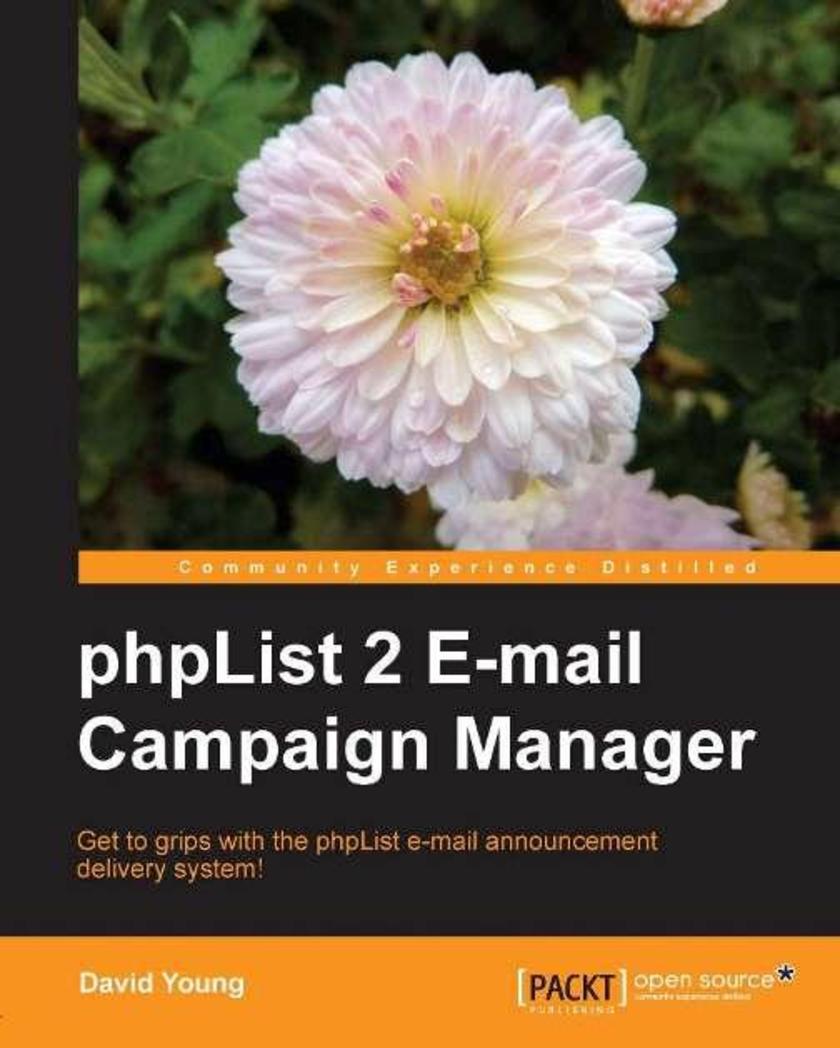
phpList 2 E-mail Campaign Manager
¥71.93
This is a step-by-step comprehensive tutorial with plenty of screenshots for easier and quicker learning and real-world examples for good pickup. This book is aimed at content creators and distributors who want to up their game to a full e-mail distribution engine. Further, it will certainly appeal to you if you are technically inclined and would rather roll your own system than use an off-the-shelf product. You are assumed to be familiar with the basic concepts of e-mail, editing text files, and managing remote files with FTP / SFTP. Advanced topics will teach you to get your hands dirty in some of PHPList's open-source code.
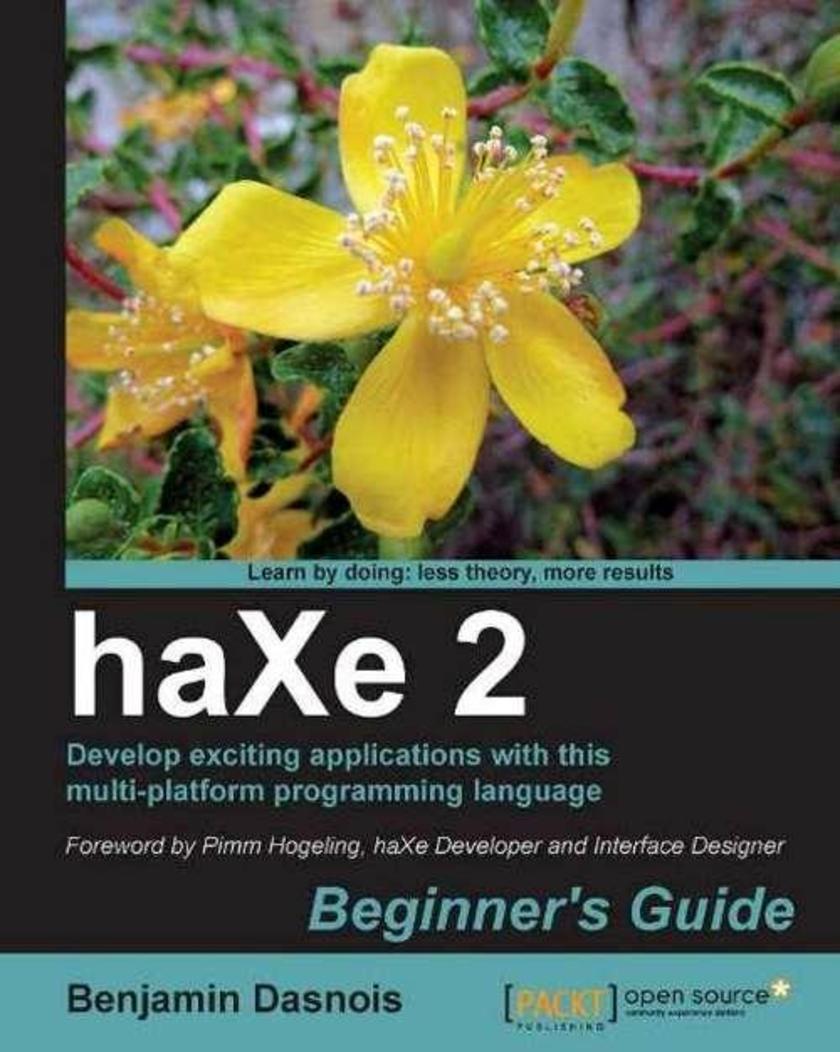
haXe 2 Beginner's Guide
¥80.65
This book is part of the Packt Beginner's Guide series. Written in an engaging style, it offers step-by-step examples with screenshots at key steps and clear explanation of what is happening in each task. This book is written for both Beginners and Developers who want to learn this multi-platform programming language to build web applications from scratch.
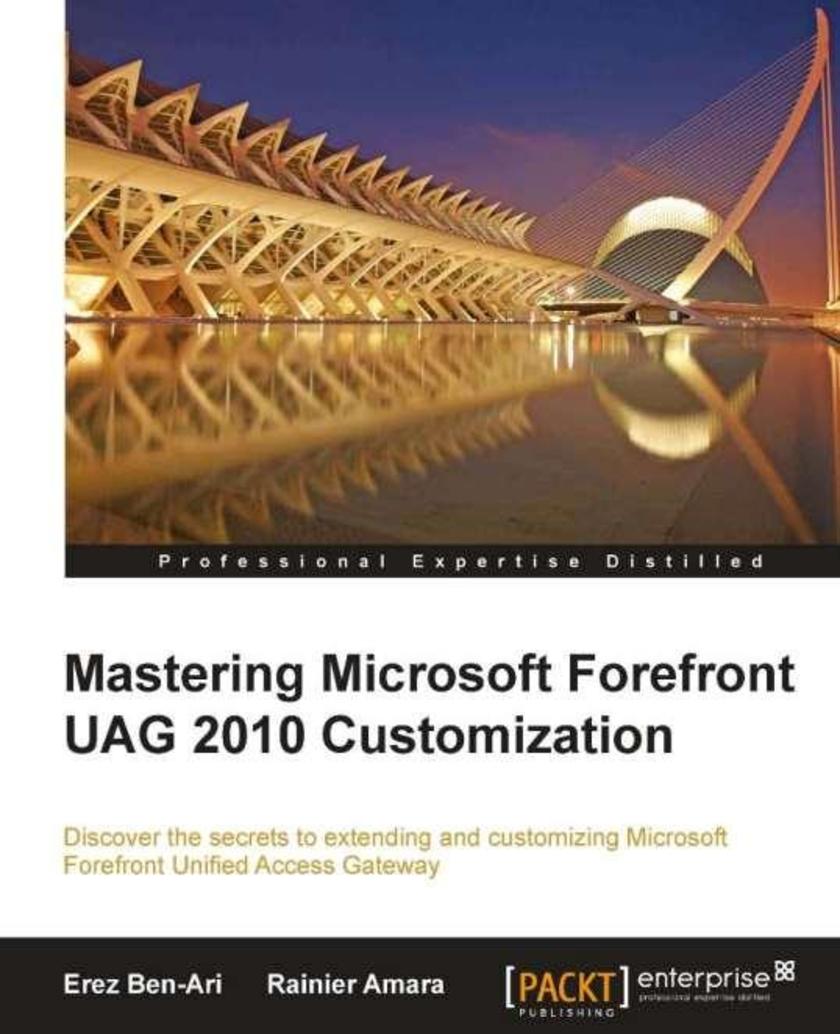
Mastering Microsoft Forefront UAG 2010 Customization
¥90.46
“Mastering Microsoft Forefront UAG 2010 Customization” is a hands-on guide with step-by-step instructions for enhancing the functionality of UAG through customization. Each topic details one key aspect of functionality and the operative mechanism behind it, and suggests functionality that can be achieved with customization, along with helpful code samples. Whether you are a seasoned UAG consultant, deployment and support engineer or a UAG customer, this book is for you. Consultants will be able to enhance the services you can provide for UAG customization, while the book helps customers to achieve tasks that have been restricted to the realm of expert consultants until now. You should have a strofng understanding of the regular functionality of UAG, as well as a solid background in web development (ASP, HTML, CSS and JavaScript) for this book to take you to the next level.
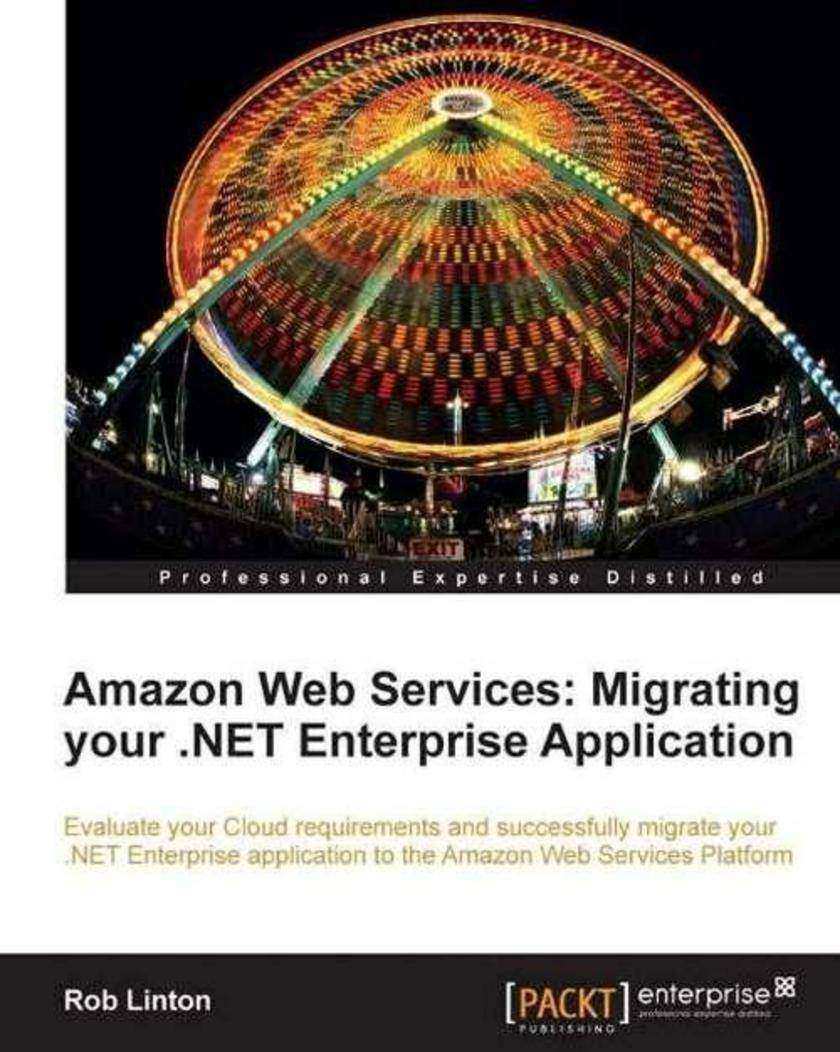
Amazon Web Services: Migrating your .NET Enterprise Application
¥80.65
This practical, step-by-step guide follows the process of moving a sample Enterprise .NET application to the Amazon Cloud. Companies that have designed, developed, and hosted applications based on the Microsoft .NET technology stack should not miss out on this book. If you are looking to expand into using the vast array of services available on the Amazon Cloud but are unsure how to proceed, then this will help to get you on your way. Administrators or developers managing such applications should have basic experience of the platform and the web servers that thay are intending to move to Amazon. No knowledge of AWS is required.
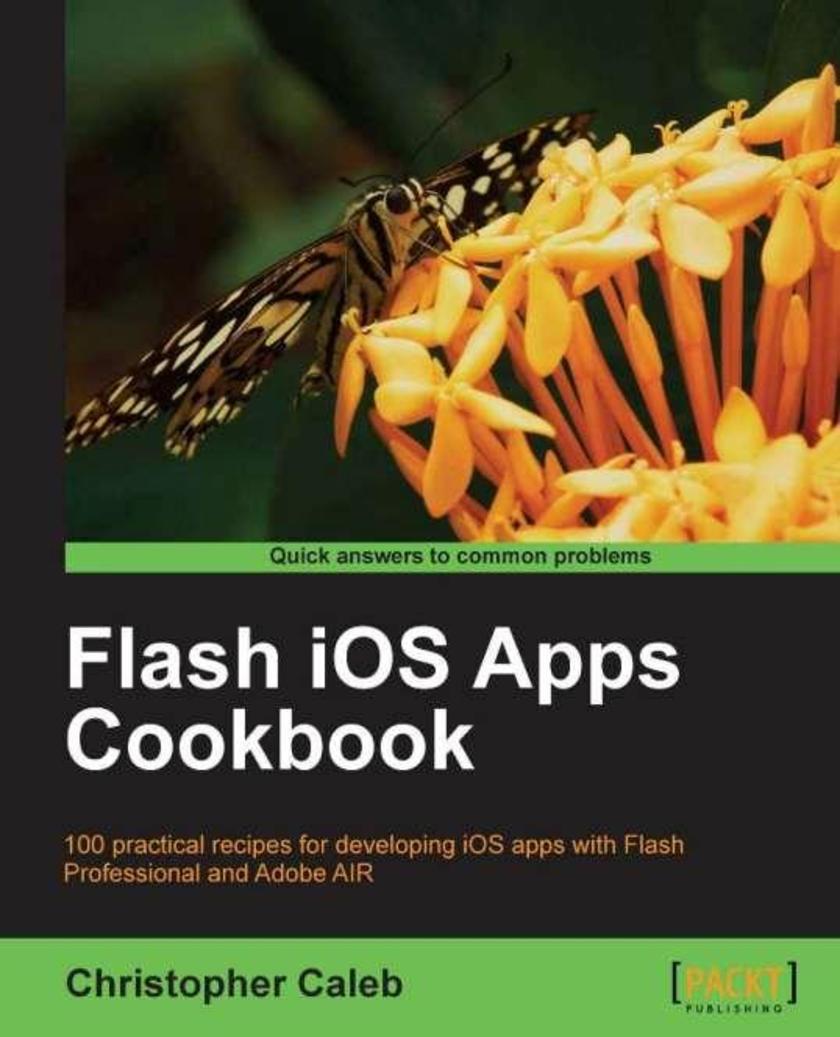
Flash iOS Apps Cookbook
¥90.46
The book is written in a cookbook style, presenting examples in the style of recipes, allowing you to go directly to your topic of interest, or follow topics throughout a chapter to gain in-depth knowledge. Flash developers or enthusiasts looking to build iOS apps using their existing Flash and ActionScript 3.0 skills.




 购物车
购物车 个人中心
个人中心



